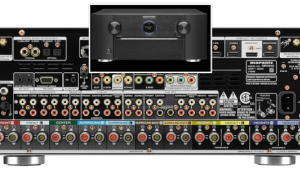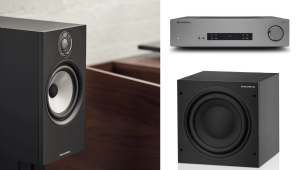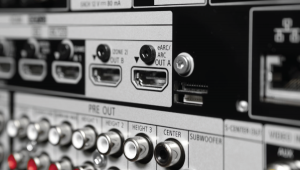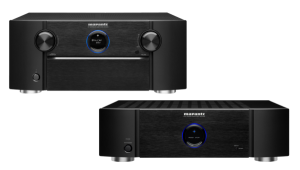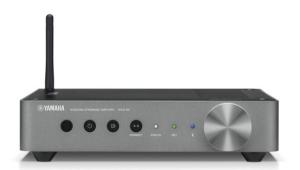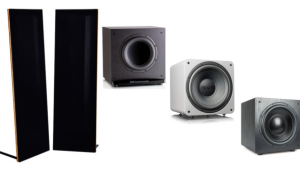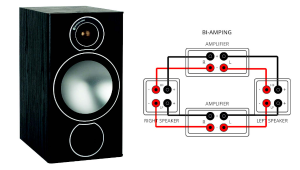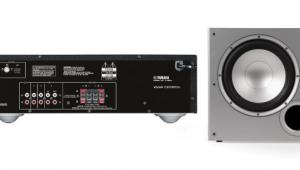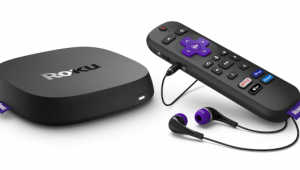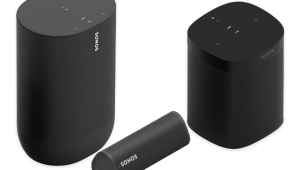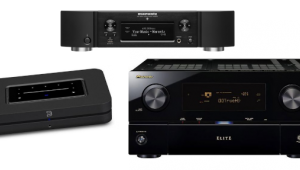Cable Box Output Resolution
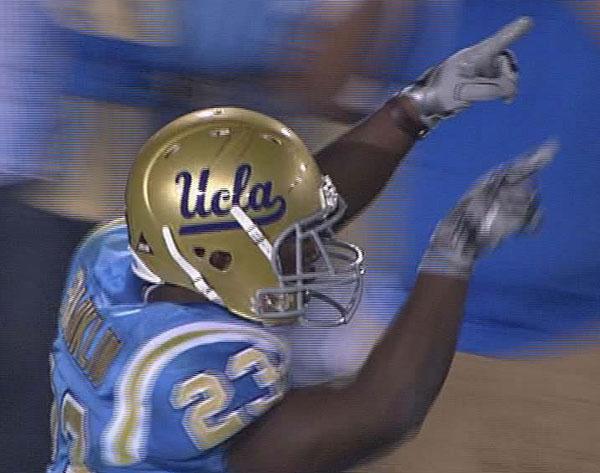
Also, I'm considering getting a new 1080p set, and I see you have the Panasonic TC-P50ST30 rated as one of your Top Picks. I can get a good deal on the 60-inch version of this TV and was wondering if your review holds true for that size. I see you review a lot of 50-inch TVs, but not the 60-inch versions. Do the 60-inch versions lose picture quality because the screen is 10 inches bigger with the same number of pixels? Do they just make the pixels bigger?
Jay P.
You are correct that 720p is better for sports, but only if the action was captured by the camera and broadcast at 720p. The image above was probably captured at 1080i, which is apparent in the jagged edges that occur in moving objects—look at the edges of the white stripes on the uniform and the UCLA logo on the helmet—because the object has moved between the moment the odd-numbered lines of the image were captured and the moment the even-numbered lines were captured. If this image had been captured at 720p, the edges would be clean, not jagged.
The best choice for your FiOS box's output resolution depends on several factors. First, what is the channel broadcasting, 720p or 1080i? Some channels, such as ABC, Fox, and ESPN, capture and broadcast at 720p, while most others capture and broadcast at 1080i.
If you watch both types of channels, the video signal must be scaled at least some of the time, and this is performed in the FiOS box and/or TV. So the question becomes, which device does a better job of scaling (and deinterlacing in the case of 1080i)?
To find out, set the FiOS box to output 1080i and watch something on a 720p channel, such as ABC, Fox, or ESPN. Then, set the box to output 720p and watch something on CBS or NBC HD, which broadcast at 1080i. Finally, if possible, set the box to output whatever signal it receives without changing it (this setting is probably called something like "Source Direct" or "Native") and watch things on both types of channels. This forces the TV to do all required scaling and deinterlacing. Which way looks best?
Keep in mind that the Panasonic 1080p set will scale a 720p signal to its native resolution of 1920x1080, while the Philips probably scales 1080i and perhaps 720p to its native resolution. (You don't specify a model number, so I don't know what its native resolution is, but since it's older and you call it "1080i/720p," I suspect think it's probably 1366x768 or 1280x720, so it has to scale 1080i in either case, and it must also scale 720p if its native resolution is 1366x768.) Given all this, I suspect it will be best to have the FiOS box output whatever it receives without changing it, because the fewer scaling steps, the better.
Regarding the Panasonic TC-P50ST30 (reviewed here) and P60ST30, you are correct that the larger screen has the same number of pixels, and each pixel is bigger as a result. This means you can see any flaws in the picture more readily on the larger screen, especially if you sit close to it. However, at the optimum seating distance (about 8 feet for a 60-inch screen, 7 feet for a 50-incher) or farther, there should be no appreciable difference in picture quality. I'm convinced that our reviews of 50-inch models apply equally well to different sizes, as long as you don't change the relationship between seating distance and screen size.
If you have an A/V question, please send it to askhometheater@gmail.com.
